What Causes A Water Main Break?
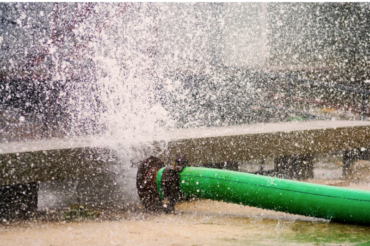
Every day 850 water mains break across the U.S, and since 2000 there have been over 6.5 million total breaks. These breaks can be damaging and costly to fix and affect primarily those who had nothing to do with its failure.
While repair is an issue, cleaning up excess water and providing a temporary water transportation solution are also concerns. Without even considering the costs of emergency equipment and work delays due to traffic problems, there’s already a lot to worry about.
Why Do Water Mains Break?
Anything could happen to a water main in your area, but there are a few common factors that result in an accident.
Weather conditions
At the top of the list of factors affecting water main breakage is the temperature. Cold weather weakens pipes because of the constant expansion and contractions, making breaks are more common in the winter.
The cold temperature also causes pipes to become more brittle. On top of this, it hardens and contracts the ground and puts more stress on the lines themselves.
Natural Wear And Tear
Nothing can last forever, and that’s especially true with America’s water main systems. The constant pressure of water flowing through pipes combined with external stressors means that they must be ready to withstand anything. And well, they’re not.
Corrosion is a massive issue in our pipe systems because most older pipes are made of cast iron, which propagates bacterial buildup. Similarly, cast iron is more brittle and can’t withstand constant expansion from temperature changes leading to cracks.
There are even some older sewer pipes made of clay which also breaks easily. Of course, wear and tear can take its toll on any material, but it is more common among these older and out-of-date resources.
General Accidents
If one thing is true about people, it’s that we are capable of breaking anything, including a century-old underground pipe system. These types of breaks most commonly occur during construction work or excavation.
Heavy machinery can easily break even newer water mains. At the same time, an older main can break simply by one person striking it with a shovel.
When these types of accidents happen, they can effectively halt whatever work causes them.
Who Is Responsible For A Broken Water Main?
When it comes to fixing a broken water main, the property owner will generally be the person responsible. If a water main in a home breaks, it will be up to the homeowner to solve it. There are, obviously, services that they can call, but they will have to pay for it themselves.
These private water main breaks are luckily nowhere near as damaging as a public main break. This is because public water systems control the flow of water to an entire area, meaning that they handle a much larger load of water.
A public water main break is costly and interrupts critical services, which is why cities tend to have their own above groundwater transportation systems to deal with the fallout.
If you have ever seen a water main break, you would know that cleanup takes up most of the work because an above-ground transportation system allows the broken main to continue functioning as normal.
How To Know If There Is A Broken Water Main Near You
There are several easy ways to know if there is a broken water main near you. First off, your town or city will likely post alerts on social media when a water main breaks. They may even alert you to the services that it is impacting and whether you should take a detour or not.
In your home, here’s a simple checklist to run through if you are worried about having a broken water main.
Check For
- Puddles Of Water
- Hissing Or High Pitched Whistling Noises
- Low Water Pressure
- Unexplained Spike In Your Water Bill
If you encounter or cause a local water main problem, make sure that you notify the proper public services. The faster that the issue resolves, the better it will be for everyone.
Preventative Measures
While it is impossible to prevent every water main break, there are few precautions you can take to reduce the risk.
Have routine inspections on your water mains to make sure there are no signs of structural damage. The assessment can point you towards any older or damaged pipes so you can repair them.
While you’re at it, you can also replace any old and worn-out iron pipe systems with new PVC piping, which is more resistant to strain and overall better for water quality.
Lastly, you can invest in an above-ground water transportation system. These are flexible solutions that assist in both water removal and temporary service restoration.
What Does An Above Ground Water Transportation System Do?
Above ground, water transportation systems are both pipe replacement and water removal solutions. They are commonly used in areas with severe flooding to remove water quickly and efficiently, so they should have no problem dealing with a water main break.
More important is their ability to completely supplement the water main to ensure no service loss during repairs. In addition, these systems can come with their own trailers and have solutions for crossing roads and pavements.
Cities and towns rely on them because they are flexible tools to efficiently deal with any scenario, which can be critical in a high-pressure situation such as this.
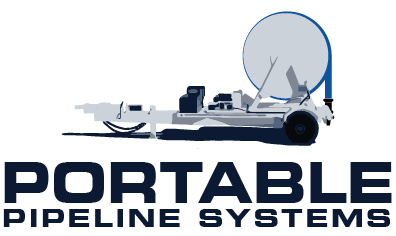

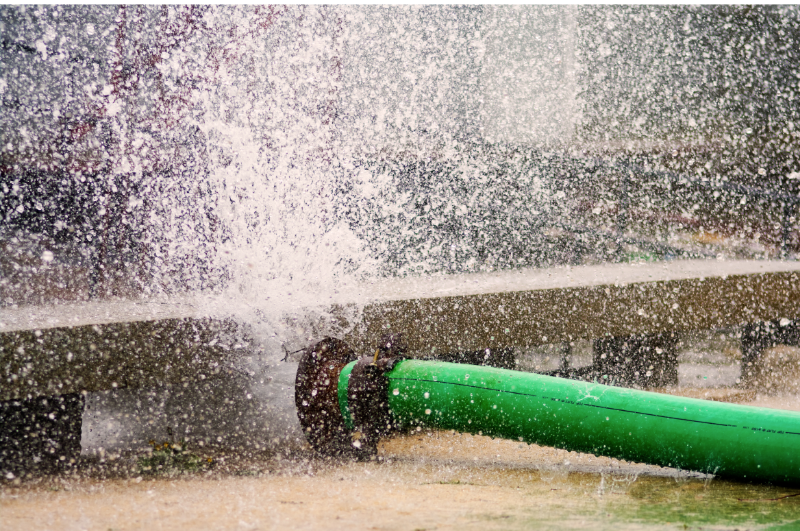
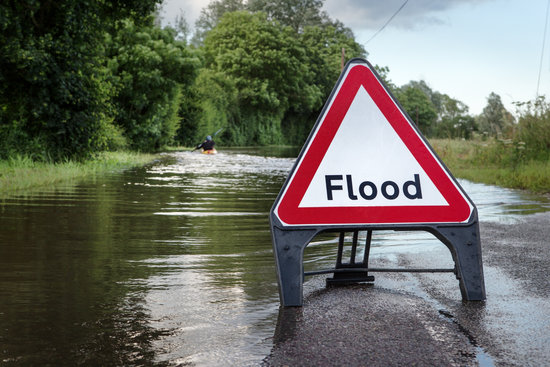
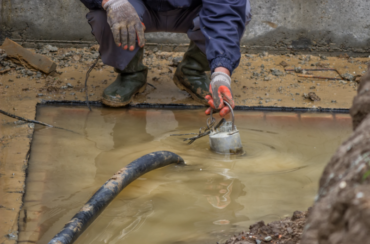
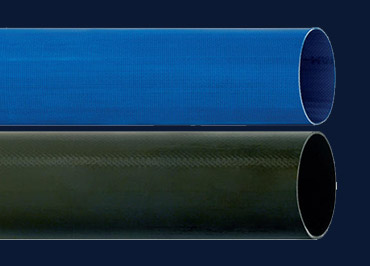
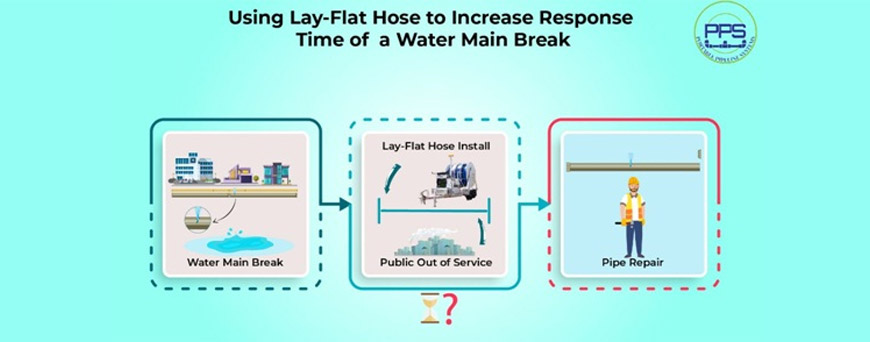
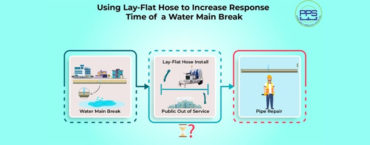
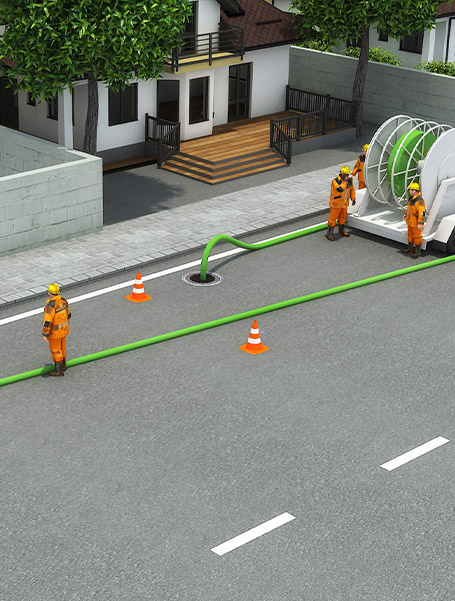

 Sales Office Location
Sales Office Location
 sales@portablepipelinesystem.com
sales@portablepipelinesystem.com